Photos: The Secret Lives of Borneo's Mysterious Marbled Cats
Curious cats
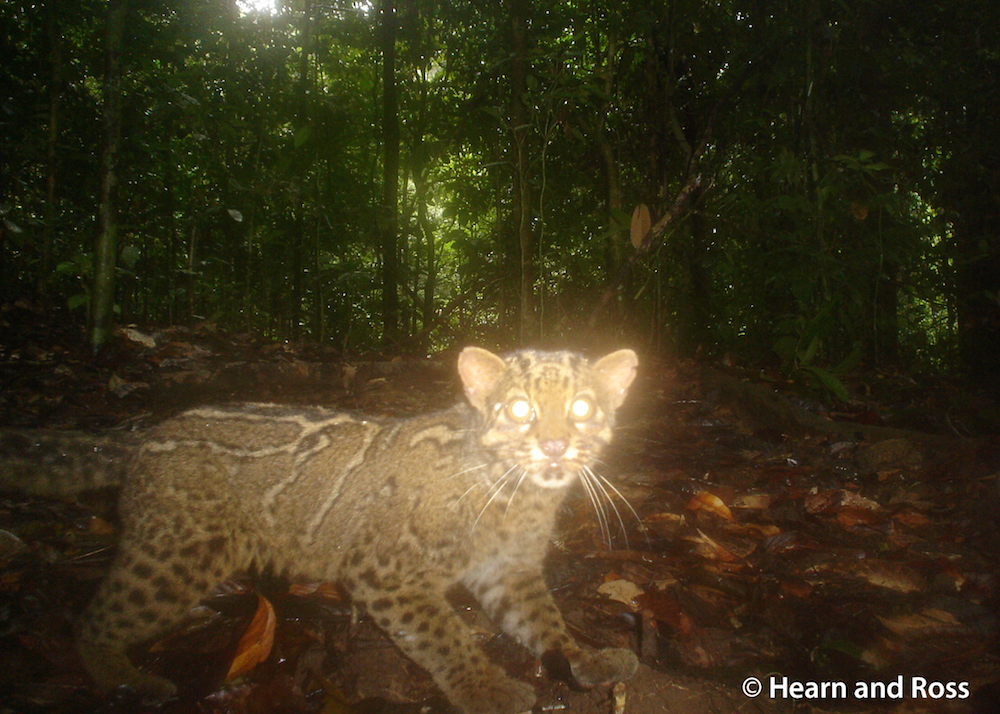
Little is known about Borneo's marbled cat (Pardofelis marmorata), so researchers set up camera traps to get a better idea of these felines' population densities. They found more marbled cats in the undisturbed lowland forests than in disturbed lowlands and undisturbed forests with high elevations. These data may help researchers understand how to protect the marbled cat, which is listed as near threatened on the International Union for Conservation of Nature's (IUCN) red list. [Read the Full Story on How Researchers Secretly Photographed Marbled Cats]
Tree climber
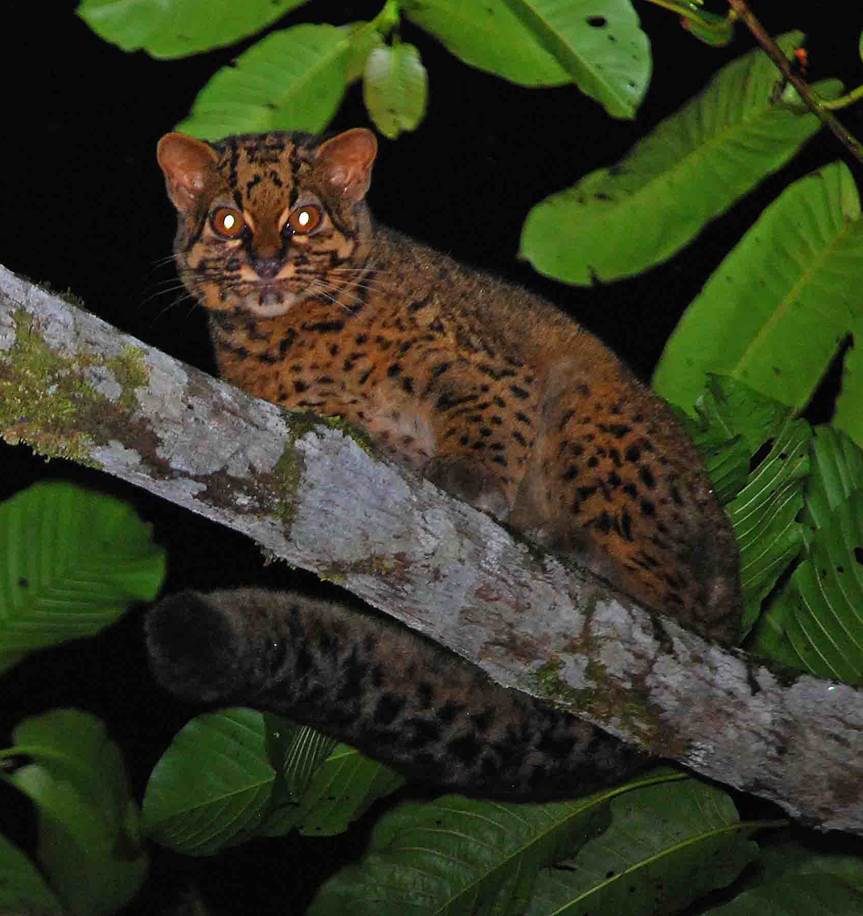
The marbled cat, an arboreal specialist, is often found in trees. It gets its name from its unique marbled-patterned coat.
Kitty in a tree
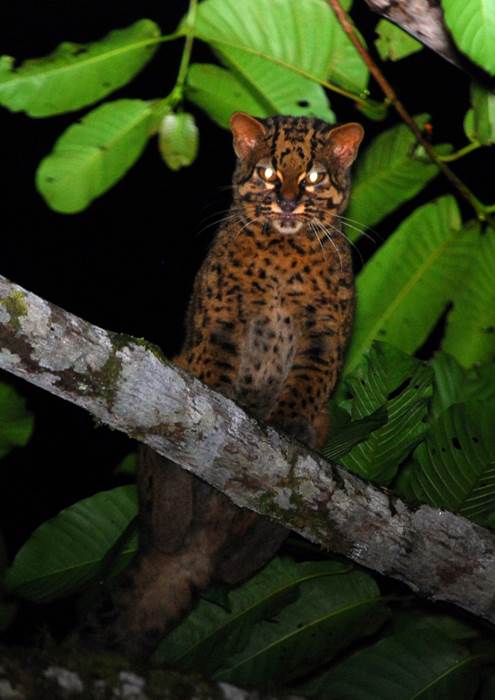
Researchers aren't sure what these cats eat. But arboreal prey are assumed to be important, said study lead researcher Andrew Hearn, a doctoral candidate at the Wildlife Conservation Research Unit at the University of Oxford in the United Kingdom.
"There is an observation of an individual stalking birds in the canopy and another potentially preying on primates," Hearn told Live Science.
Secret camera
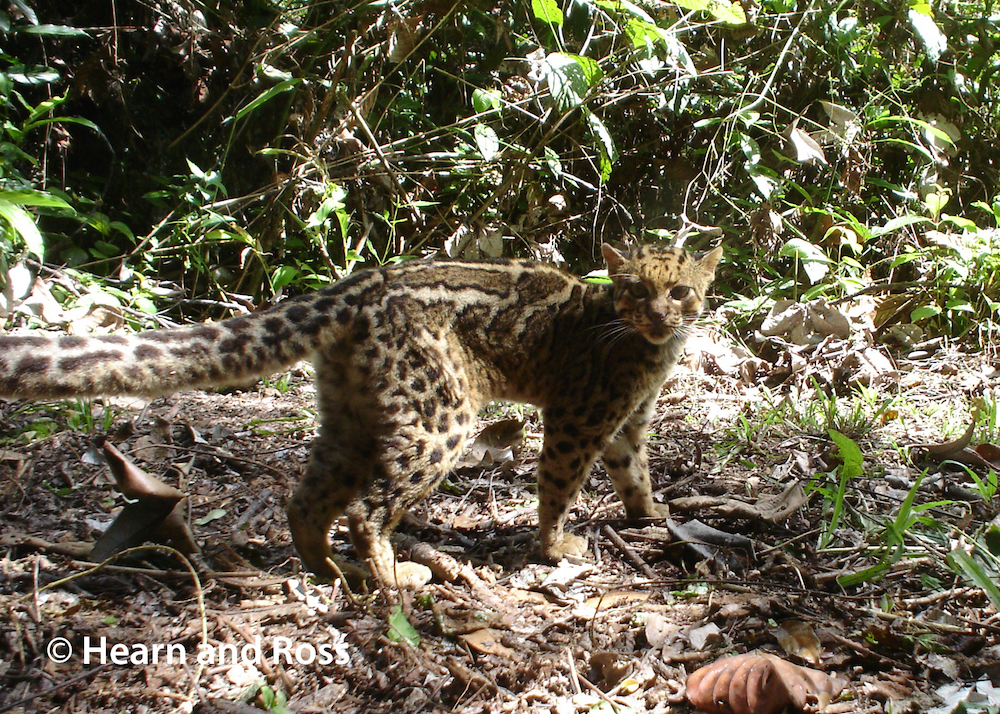
Infrared digital cameras snapped photos of the wild marbled cats for about four months in Malaysian Borneo.
Furry cat
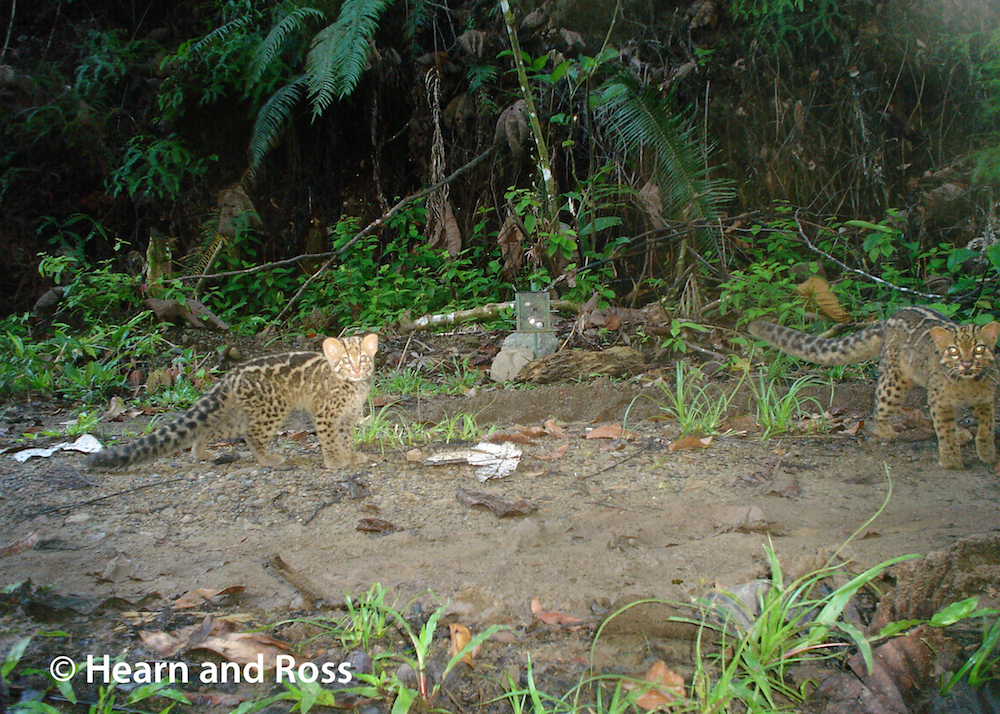
Marbled cats have a wide distribution that spans a region called the Indomalayan ecorealm, extending from eastern India and Nepal; to Yunnan province, China; and throughout mainland Southeast Asia to the islands of Sumatra and Borneo.
Long tail
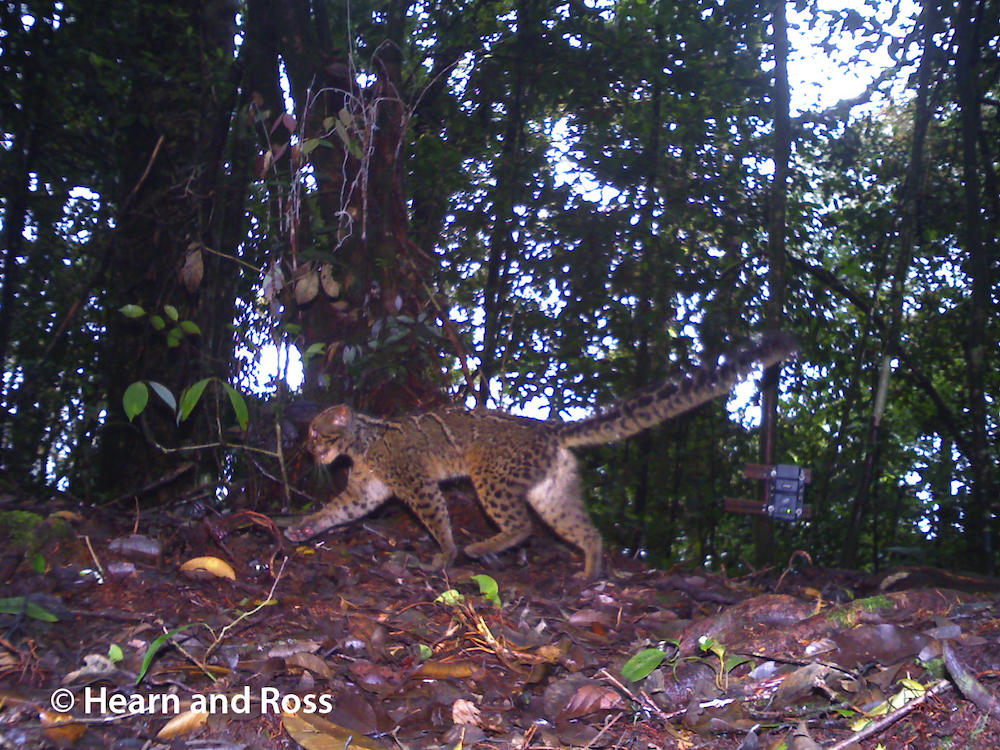
The marbled cat has a furry and long tail, which it often holds horizontally while walking, the researchers wrote in the study. The tail acts as a counterbalance when the cat is climbing trees, and is likely an adaptation for a tree-climbing lifestyle, they said.
Sign up for the Live Science daily newsletter now
Get the world’s most fascinating discoveries delivered straight to your inbox.
Candid camera
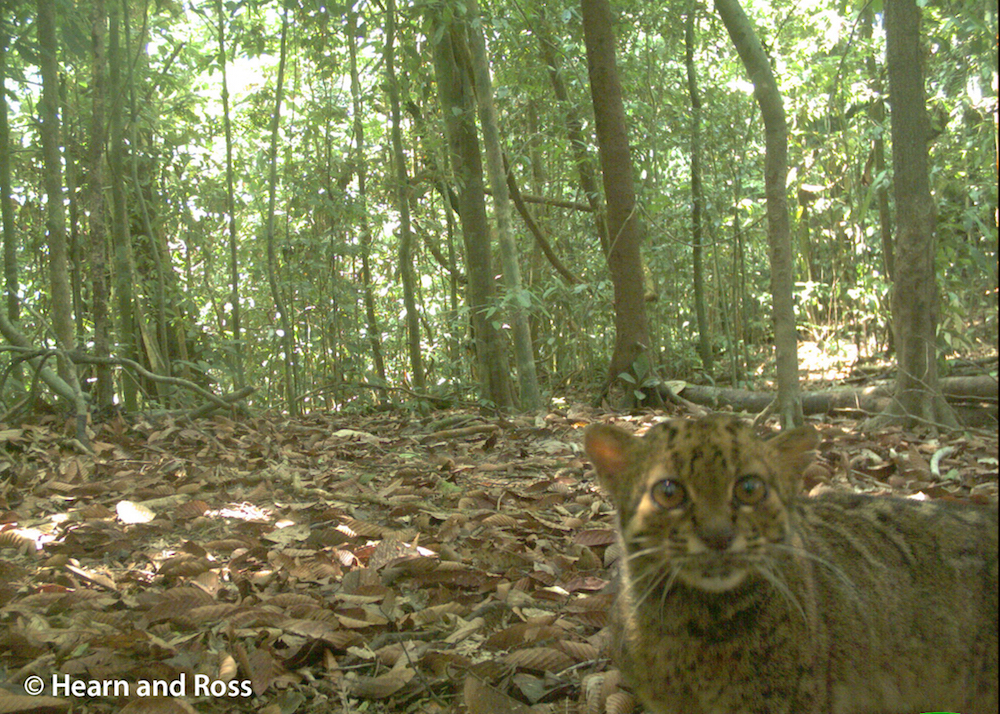
The Borneo rainforest is not particularly kind to camera-trap electronics.
"A great number of units came to a premature end in the forest, making our task of recording these cats in sufficient numbers that much harder," Hearn said.
Tree loggers
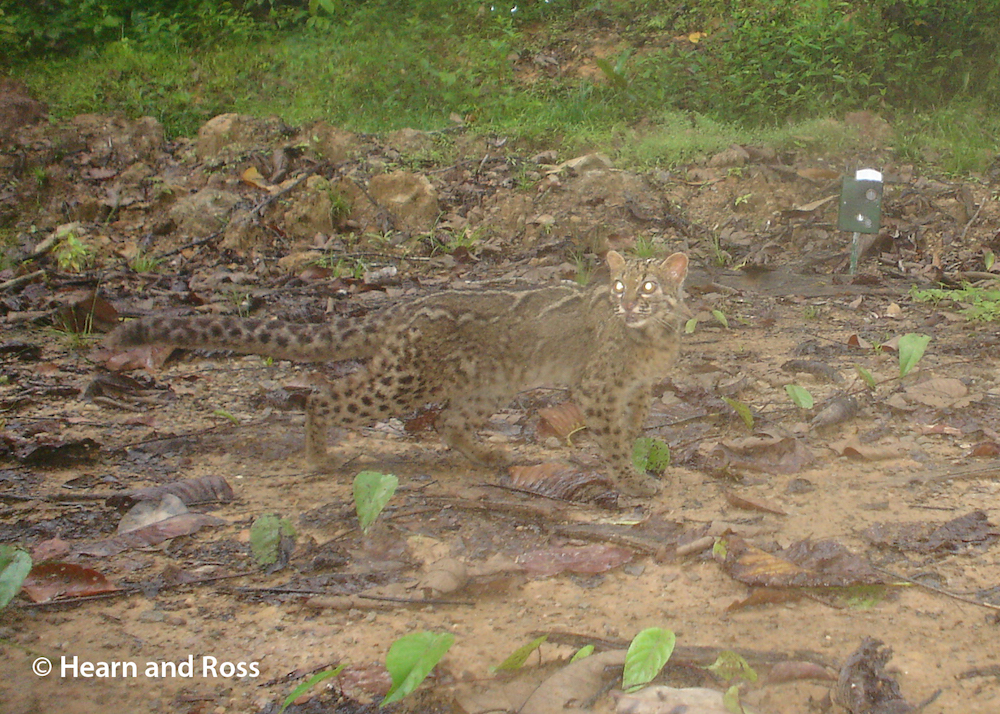
There are many logging roads in the Bornean rainforest. Although logging is disruptive to the marbled cats, photographic evidence suggests that these cats can tolerate some degree of habitat disturbance, the researchers said.
Surprised feline

The camera traps showed that marbled cats are not found in oil palm plantations.
"This helps us to assess how populations may be changing in response to forest loss," Hearn said.
Illegal poaching
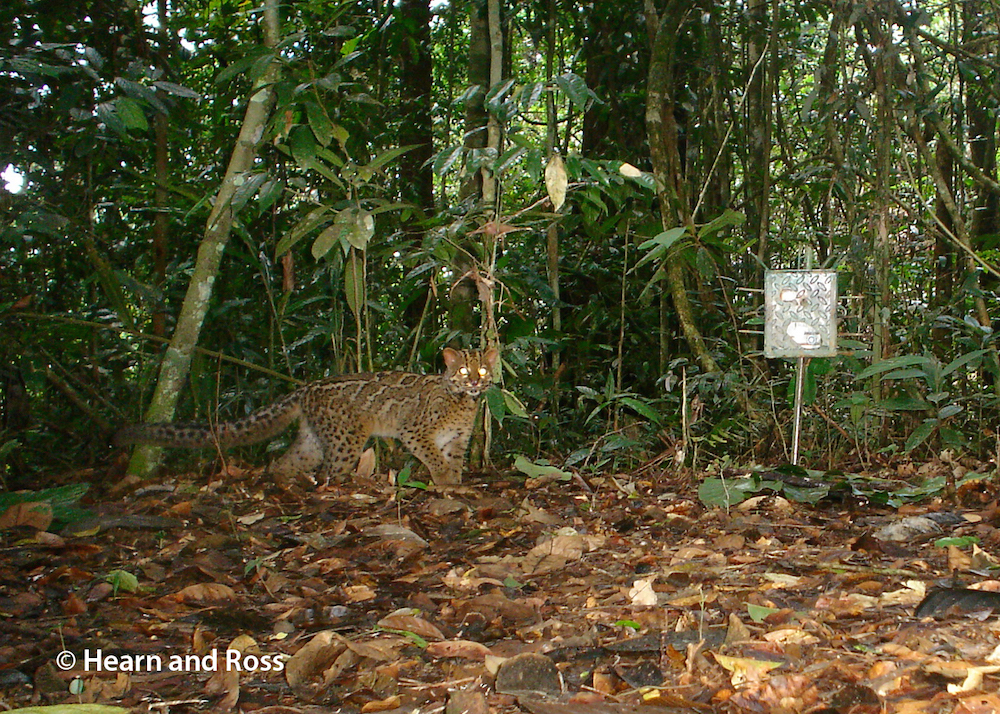
Laws prohibit hunting in the forest, but the researchers found used shotgun cartridges in most of the forests they surveyed.
The cat's meow
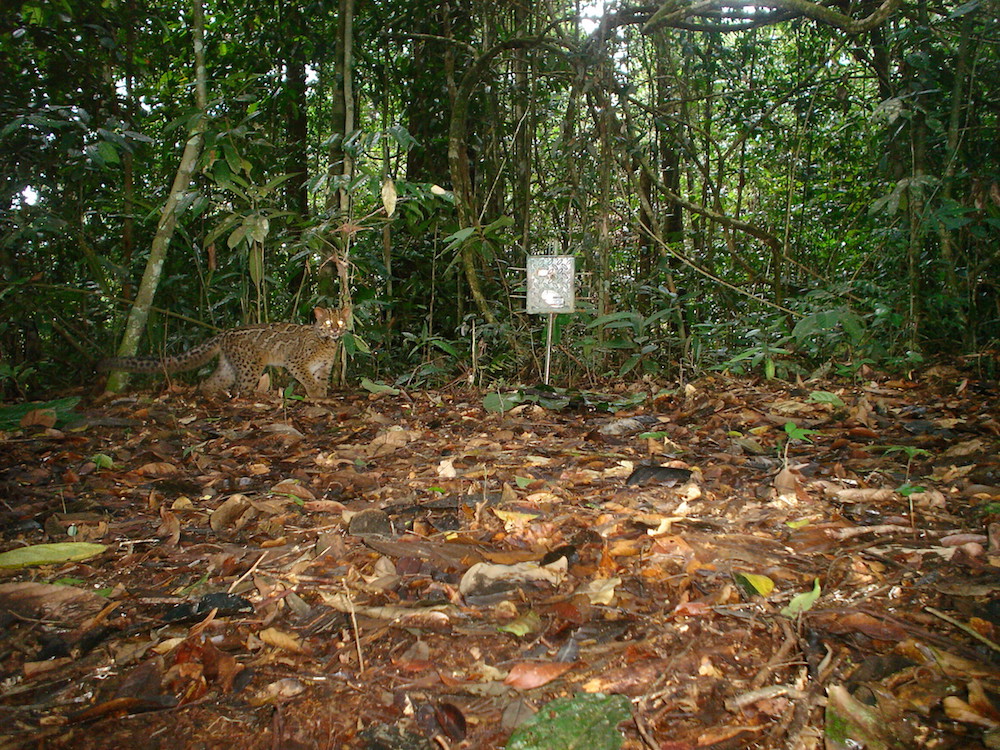
Marbled cats appear to have higher-than-expected population densities in northern Borneo, where the threat from poaching remains relatively low, the researchers found.
Follow Laura Geggel on Twitter @LauraGeggel. Follow Live Science @livescience, Facebook & Google+.

Laura is the archaeology and Life's Little Mysteries editor at Live Science. She also reports on general science, including paleontology. Her work has appeared in The New York Times, Scholastic, Popular Science and Spectrum, a site on autism research. She has won multiple awards from the Society of Professional Journalists and the Washington Newspaper Publishers Association for her reporting at a weekly newspaper near Seattle. Laura holds a bachelor's degree in English literature and psychology from Washington University in St. Louis and a master's degree in science writing from NYU.










